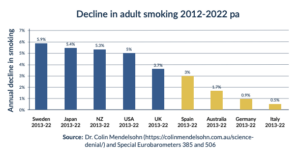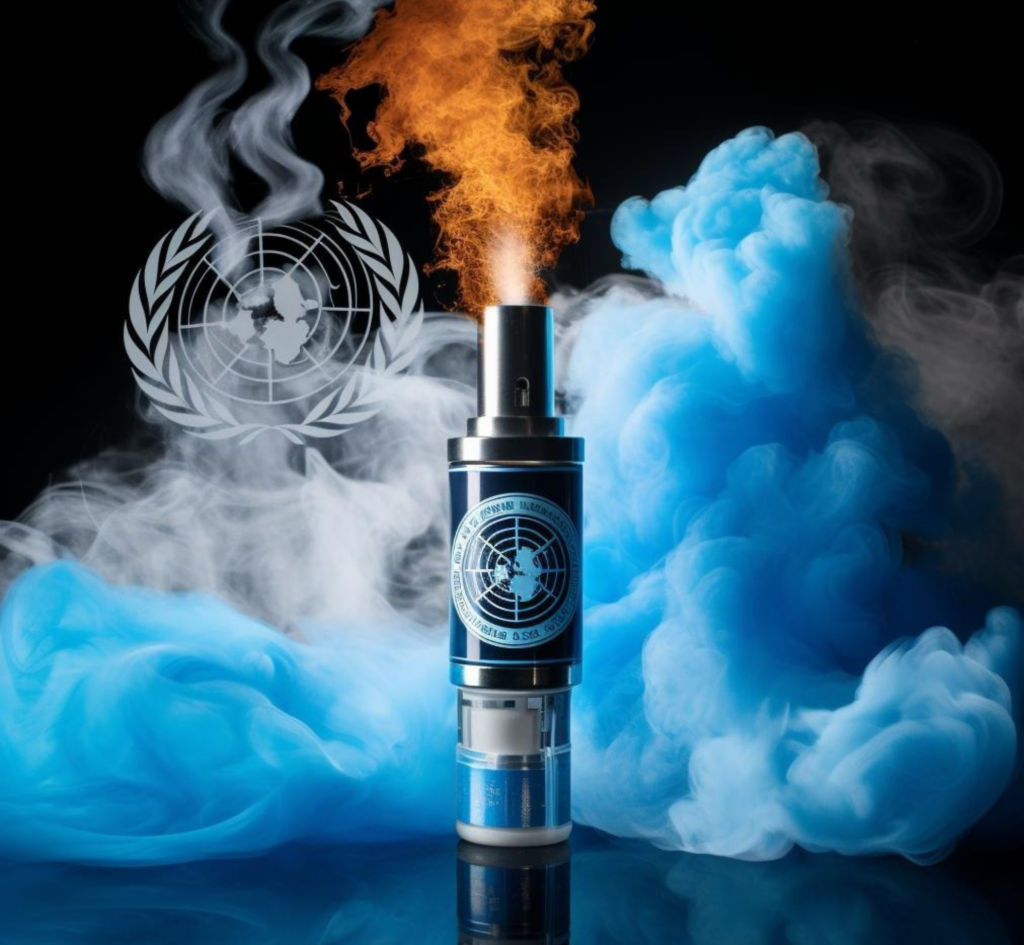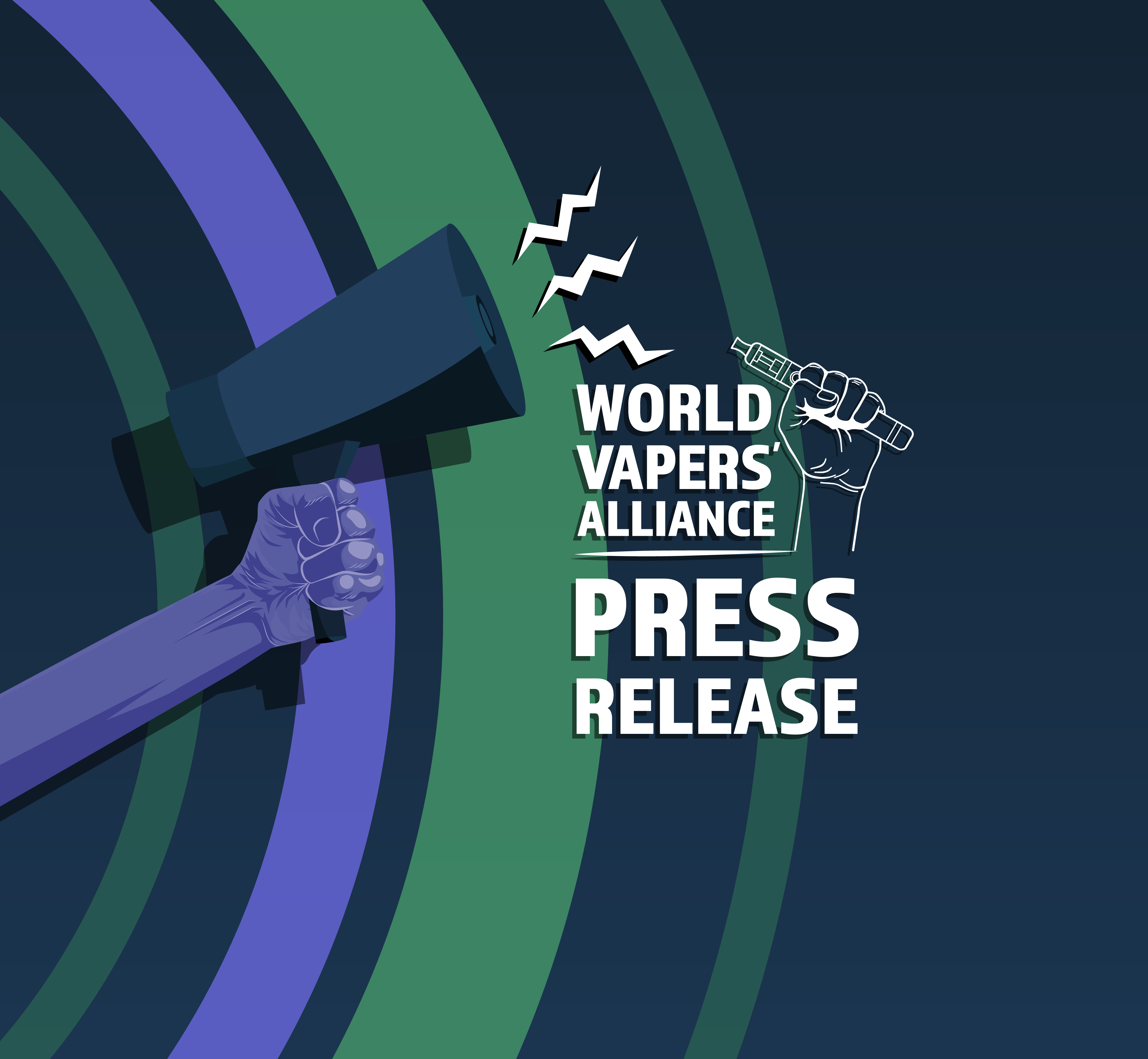In recent years, the topic of harm reduction and vaping has been surrounded by an unwarranted air of hostility. The World Health Organization (WHO) and its Director-General, Dr Tedros Adhanom Ghebreyesus, have again taken a stance against vaping in their latest “Raport privind epidemia globală de tutun, 2023.” Unfortunately, this approach is misguided and ultimately detrimental to the goal of improving public health worldwide.
Let us be clear – the primary objective should be to reduce smoking rates and curb the devastating effects of tobacco consumption. However, the WHO continues to misdirect its energy toward attacking vaping, one of the most successful tools for smoking cessation.
In response to the WHO’s recent report, it is evident that the direction is riddled with biased anti-vaping scaremongering and unfounded claims. The WHO’s negative obsession with vaping ignores that countries with an open and consumer-friendly approach to harm-reduction products have achieved more promising results in reducing smoking rates.
Let’s consider some key arguments for why this hostility against harm reduction and vaping ultimately hurts public health:
- Evidence-Based Harm Reduction:
Vaping has consistently demonstrated its potential as an effective harm reduction tool. Research indicates that vaping is approximately 95% less harmful than smoking, making it a safer alternative for smokers seeking to quit. The WHO disregards a vital opportunity to improve public health outcomes by dismissing the evidence in favour of harm reduction.
2. Gateway Effect Misconception:
The WHO report perpetuates the unfounded notion of a gateway effect from vaping to smoking, especially among young people. However, numerous studies have debunked this claim. Factors such as anxiety, parental smoking habits, peer attitudes, and household income are more influential in determining behaviour. Ignoring the complexities and spreading misinformation does a disservice to the public.
3. Flavours and Adult Vapers:
Flavours are an essential aspect of vaping for adults, as they play a significant role in transitioning smokers away from cigarettes. The WHO’s stance against flavours disregards the preferences and experiences of millions of vapers. Denying adults a variety of flavours hinders their efforts to quit smoking and maintain the less harmful habit.
4. Comparative Success Stories:
Countries like Sweden and the United Kingdom, with progressive harm reduction policies embracing vaping, have successfully reduced smoking rates. Their positive outcomes contrast sharply with countries following WHO’s restrictive approach. Embracing evidence-based harm reduction measures can foster a more significant reduction in smoking rates globally.

5. Focus on Real Issues:
The WHO should address real issues, such as enforcing age restrictions to prevent minors from accessing vaping products and improving tobacco control efforts. Harping on vaping detracts from the primary goal of reducing smoking rates and addressing critical public health challenges.
The WHO’s hostility towards vaping undermines the opportunity to leverage harm reduction strategies for better public health outcomes. While we agree that protecting minors from tobacco and vaping products is vital, it is equally essential to recognize the potential benefits of vaping for adult smokers looking to quit. Vaping is a powerful tool that has helped millions of smokers transition from combustion cigarettes to vaping. The WHO fails to support smokers’ journey towards a healthier lifestyle by dismissing its potential.
The reality is that harm reduction, based on scientific evidence and supported by consumer input, should play a pivotal role in reducing smoking rates and improving public health. A holistic approach that combines tobacco harm reduction measures, strict regulations to prevent youth access, and robust support for smokers to quit can lead to tangible progress.
It is time for the WHO and global health institutions to set aside unwarranted hostility and embrace harm reduction as a viable and practical approach to tackling the smoking epidemic.






2 răspunsuri